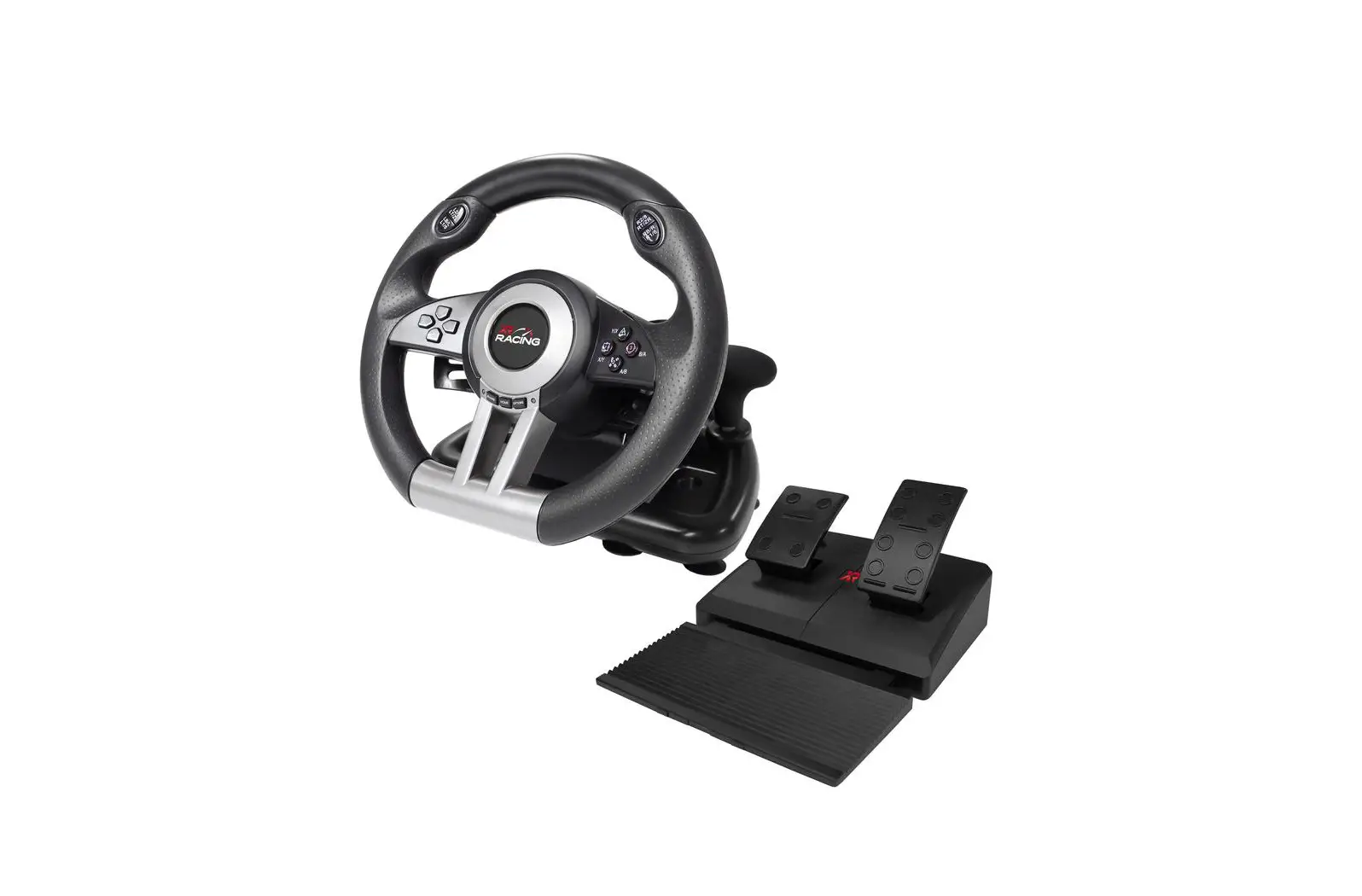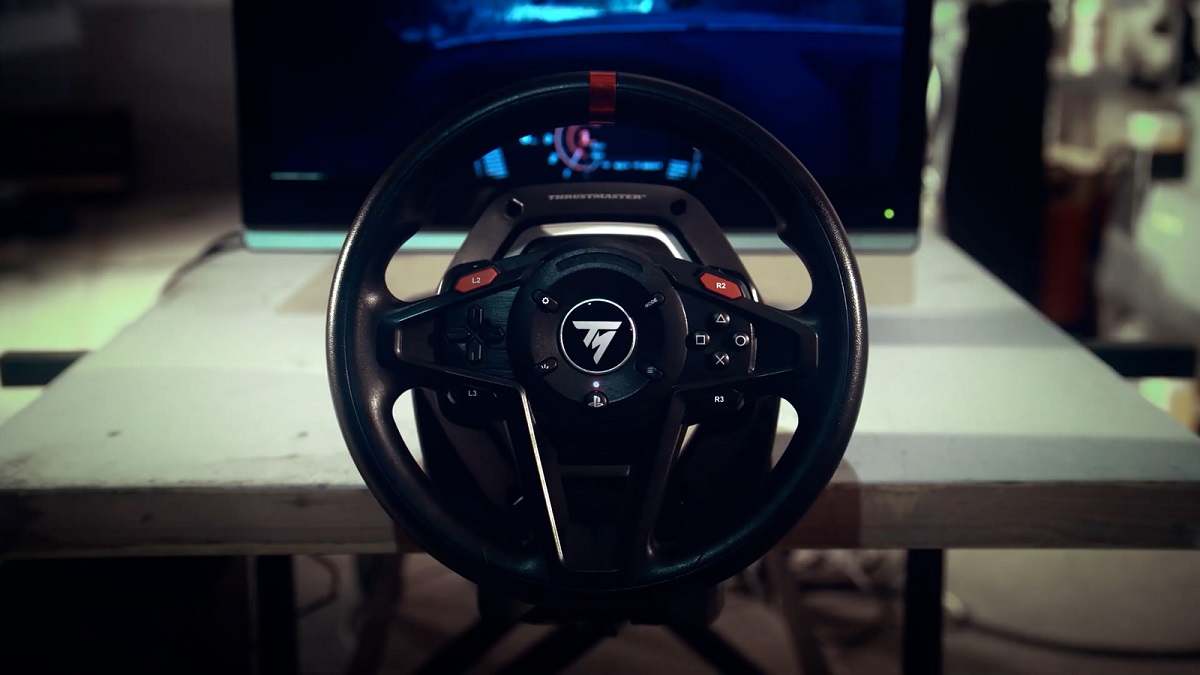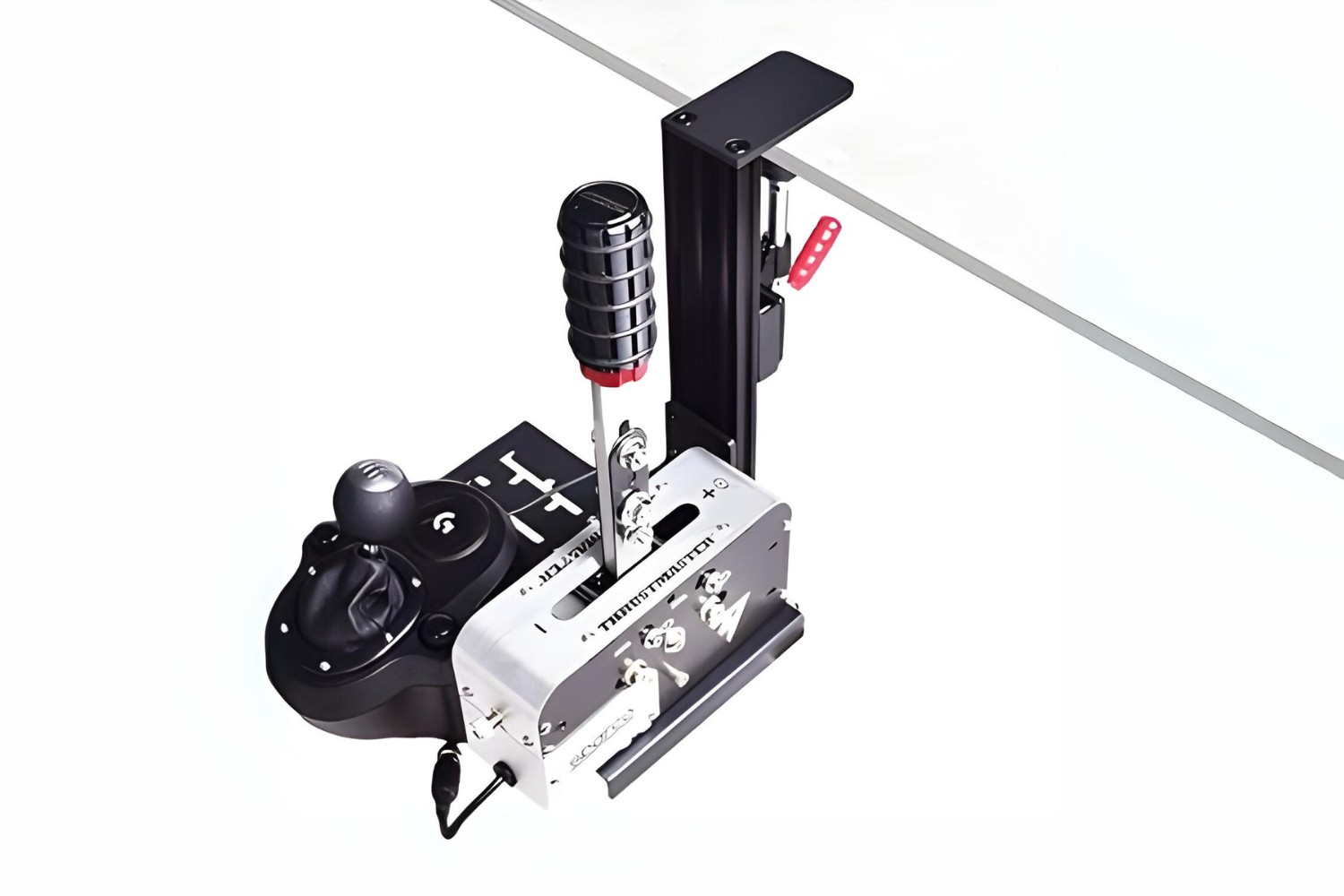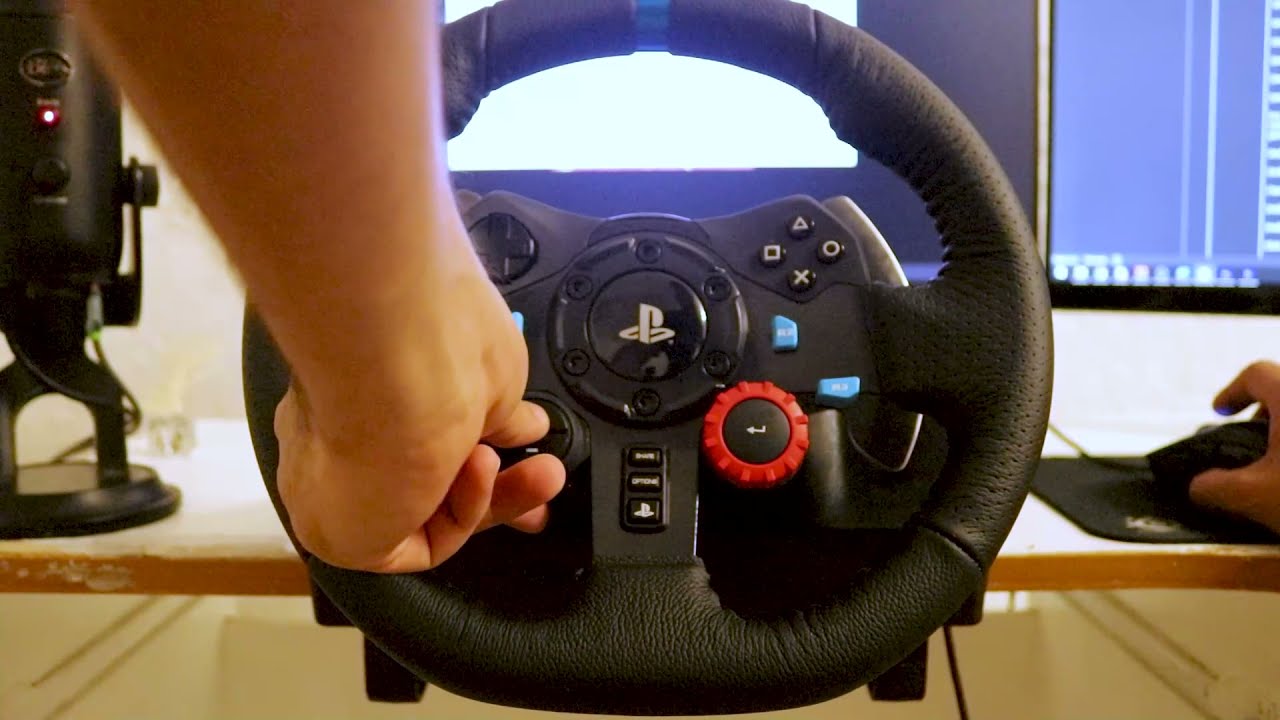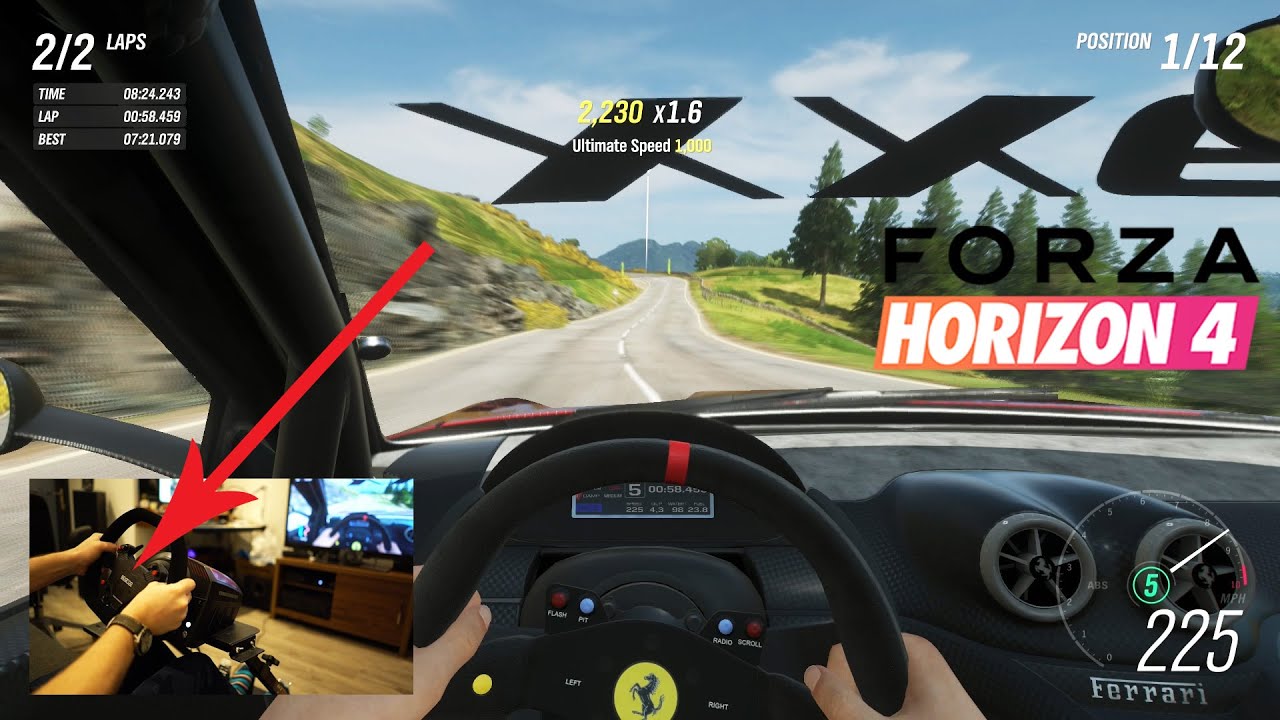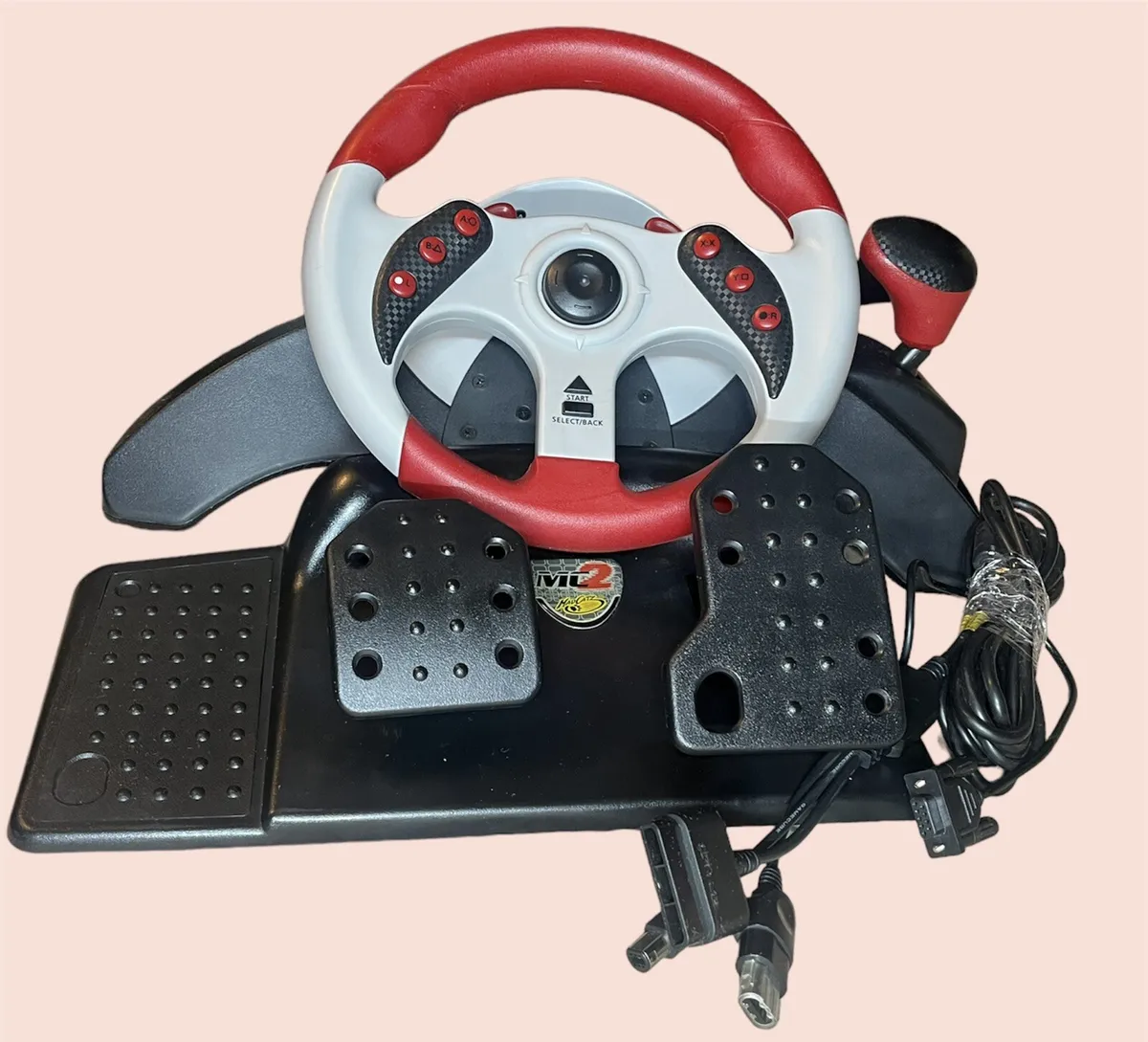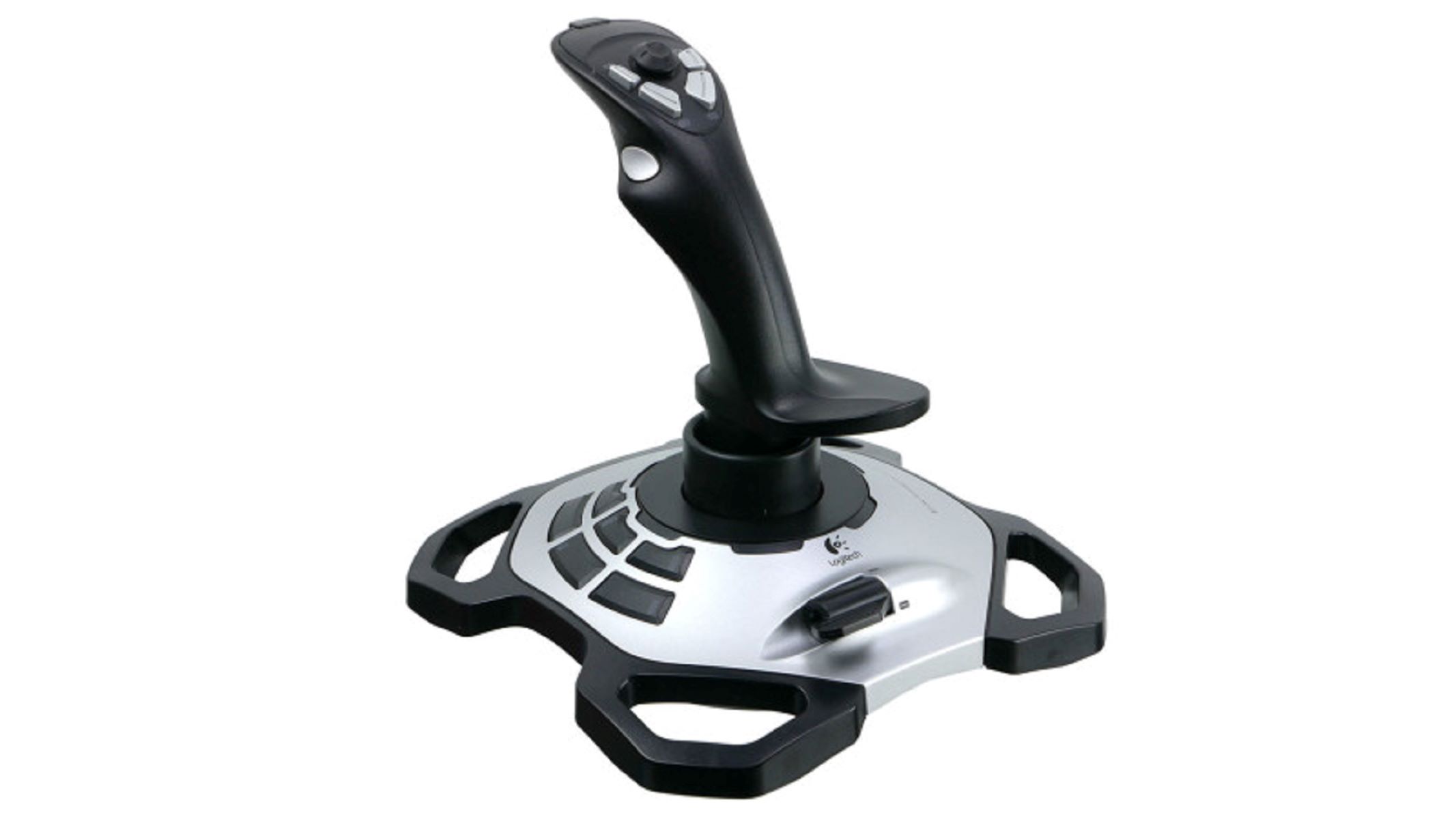Introduction
Understanding the Importance of Axis on a Racing Wheel
A racing wheel is a pivotal component for any racing game enthusiast. It provides a realistic and immersive driving experience, allowing players to feel the thrill of high-speed races from the comfort of their own homes. However, to truly harness the full potential of a racing wheel, it is essential to understand and enable the axis settings effectively.
The axis on a racing wheel refers to the input channels that capture the wheel's various movements, such as steering, acceleration, and braking. These movements are translated into in-game actions, directly impacting the responsiveness and precision of the virtual vehicle. By enabling and calibrating the axis settings correctly, players can fine-tune their driving experience, gaining better control over their vehicles and ultimately enhancing their competitive edge.
This article delves into the intricacies of enabling axis settings on a racing wheel, providing step-by-step guidance to help enthusiasts optimize their gaming experience. Whether you're a seasoned racer looking to refine your skills or a newcomer eager to dive into the world of virtual motorsport, understanding and configuring the axis settings is crucial for maximizing the enjoyment and authenticity of racing simulations.
Throughout this guide, we will explore the fundamental concepts behind axis settings, delve into the practical steps for enabling and calibrating them, and highlight the significance of testing to ensure optimal functionality. By the end of this journey, you will have the knowledge and confidence to harness the full potential of your racing wheel, elevating your gaming experience to new heights. So, let's embark on this exciting exploration of axis settings and unlock the true power of your racing wheel.
Understanding Axis on a Racing Wheel
Exploring the Core Concepts
Before delving into the technical aspects of enabling axis settings, it is essential to grasp the fundamental concepts underlying the functionality of axis on a racing wheel. The axis, in the context of a racing wheel, represents the multidimensional input channels that capture the driver’s movements and translate them into corresponding actions within the virtual environment.
Most racing wheels feature multiple axis inputs, each dedicated to a specific aspect of driving, such as steering, throttle, brake, and clutch. These axis inputs are typically manifested through analog mechanisms, allowing for precise and nuanced control over the virtual vehicle’s behavior. By leveraging these axis inputs, players can execute seamless maneuvers, modulate their speed with finesse, and navigate challenging tracks with heightened accuracy.
Furthermore, understanding the axis settings enables players to customize their driving experience according to their preferences and play style. Whether it involves adjusting the steering sensitivity for precise cornering or fine-tuning the throttle response for optimal acceleration, the axis settings serve as a gateway to tailoring the gaming experience to individual preferences.
Moreover, the axis settings play a pivotal role in bridging the gap between the physical and virtual realms, enhancing the immersion and realism of racing simulations. By accurately mirroring the intricate movements of a physical steering wheel, pedals, and gear shifter, the axis settings contribute to a more authentic and engaging driving experience, blurring the lines between reality and virtuality.
As we navigate through the process of enabling axis settings, it is crucial to recognize the profound impact they have on the overall gaming experience. The ability to comprehend, manipulate, and optimize these axis settings empowers players to elevate their performance, embrace a deeper level of engagement, and ultimately derive greater satisfaction from their virtual racing endeavors.
Steps to Enable Axis on Racing Wheel
Configuring Axis Settings for Optimal Performance
Enabling axis settings on a racing wheel involves a systematic process to ensure that the input channels accurately capture and translate the driver’s actions into the virtual racing environment. By following the steps outlined below, enthusiasts can unlock the full potential of their racing wheels, paving the way for a more immersive and responsive gaming experience.
- Accessing the Control Panel: Begin by accessing the control panel on your gaming platform or computer. Locate the settings related to input devices, steering wheels, or game controllers. This is where you will initiate the configuration process for the axis settings.
- Identifying the Axis Inputs: Once within the control panel, identify the specific axis inputs associated with your racing wheel. These inputs may include steering, throttle, brake, clutch, and additional features such as force feedback and paddle shifters.
- Calibrating Axis Sensitivity: Adjust the sensitivity settings for each axis to align with your desired level of responsiveness. Fine-tune the steering sensitivity to achieve precise control over your virtual vehicle, and modulate the throttle and brake sensitivity to mirror real-world driving dynamics.
- Mapping Axis Functions: Map the axis inputs to their corresponding functions within the racing game. Ensure that steering movements are accurately mapped to left and right turns, while throttle and brake inputs correspond to acceleration and deceleration, respectively.
- Customizing Dead Zones: Customize the dead zones for each axis to eliminate any unintended input variations. Dead zones help mitigate unwanted sensitivity around the neutral position of the wheel and pedals, allowing for smoother and more predictable control.
- Testing Axis Responsiveness: After configuring the axis settings, perform thorough testing within the racing game environment. Evaluate the responsiveness and accuracy of the axis inputs by maneuvering through different driving scenarios and assessing the correlation between physical inputs and in-game actions.
By meticulously following these steps, players can optimize the axis settings on their racing wheels, tailoring the input channels to their preferences and play style. The process of enabling axis settings is not only a technical endeavor but also an opportunity to personalize the gaming experience, fostering a deeper connection between the player and the virtual racing world.
Testing and Calibration
Evaluating Axis Functionality and Precision
Once the axis settings have been enabled and configured, the crucial phase of testing and calibration comes into play. This stage is vital for ensuring that the axis inputs accurately reflect the player’s actions and deliver a seamless, immersive driving experience within the virtual racing environment.
Testing the functionality of the axis settings involves subjecting the racing wheel to various real-world driving scenarios, allowing players to assess the responsiveness, accuracy, and overall performance of the axis inputs. Calibration, on the other hand, entails fine-tuning the settings based on the testing outcomes, ensuring that the axis inputs align precisely with the desired in-game actions.
- Steering Responsiveness: Test the steering axis by navigating through sharp turns, sweeping curves, and straightaways within the racing game. Evaluate the responsiveness of the wheel to subtle steering adjustments, ensuring that the virtual vehicle accurately mirrors the driver’s intended trajectory.
- Throttle and Brake Modulation: Assess the throttle and brake axis inputs by simulating acceleration, deceleration, and braking maneuvers in diverse driving conditions. Verify that the sensitivity and modulation of the pedals align with the player’s intended speed adjustments and stopping capabilities.
- Force Feedback Realism: If the racing wheel features force feedback functionality, test the force feedback responses across different terrains, road surfaces, and driving conditions. Calibration may involve adjusting force feedback settings to achieve a more immersive and realistic tactile experience.
- Dead Zone Elimination: Identify and eliminate any residual dead zones or unintended input variations that may compromise the precision and consistency of the axis inputs. Calibration aims to refine the axis settings, minimizing discrepancies between physical inputs and in-game outcomes.
- Customization Validation: Validate the customized axis settings by engaging in varied racing challenges, such as high-speed circuits, off-road tracks, and urban street races. Ensure that the axis inputs cater to the specific demands of different racing scenarios, providing a cohesive and adaptable driving experience.
Through rigorous testing and meticulous calibration, players can fine-tune the axis settings to deliver an optimal and personalized gaming experience. This iterative process of evaluation and adjustment is essential for achieving a harmonious synergy between the physical racing wheel and the virtual racing environment, ultimately enhancing the immersion, precision, and enjoyment of virtual motorsport.
Conclusion
Unlocking the Full Potential of Your Racing Wheel
Enabling and optimizing axis settings on a racing wheel is a transformative journey that empowers players to elevate their virtual racing experience to new heights. By delving into the intricacies of axis inputs, understanding their significance, and meticulously configuring and calibrating them, enthusiasts can unlock the full potential of their racing wheels, immersing themselves in a captivating world of virtual motorsport.
Throughout this exploration, we have unveiled the core concepts underlying axis settings, emphasizing their role in bridging the gap between the physical and virtual realms. The axis inputs serve as conduits for translating real-world driving movements into seamless, responsive actions within the gaming environment, enriching the authenticity and immersion of racing simulations.
Furthermore, the systematic steps outlined for enabling axis settings provide a roadmap for enthusiasts to tailor their gaming experience according to their preferences and play style. From adjusting sensitivity and dead zones to mapping axis functions and conducting thorough testing, each step contributes to a more personalized and engaging virtual driving experience.
Testing and calibration emerge as pivotal phases in the axis optimization process, allowing players to refine and fine-tune the settings based on real-world performance evaluations. This iterative approach ensures that the axis inputs accurately mirror the player’s intentions, delivering a seamless and immersive driving experience that transcends the boundaries of traditional gaming.
As players embark on this journey of axis optimization, they not only enhance their technical proficiency but also foster a deeper connection with the virtual racing world. The synergy between the physical racing wheel and the virtual environment culminates in a harmonious and captivating experience, where precision, responsiveness, and personalization converge to redefine the art of virtual motorsport.
Ultimately, the process of enabling axis settings on a racing wheel transcends mere technical configuration; it represents a gateway to a world of limitless possibilities, where enthusiasts can unleash their driving prowess, embrace unparalleled immersion, and embark on exhilarating virtual racing adventures with unparalleled authenticity and precision.
So, as you embark on your next virtual racing endeavor, armed with a newfound understanding of axis settings, may your racing wheel become a conduit for unparalleled excitement, precision, and immersion, propelling you into the thrilling realm of virtual motorsport.







